How to Take Better Portraits
A portrait is NOT a photo of a person…

What is a Portrait?
It's about capturing a stunning and emotive image that evokes feelings in the viewers and captivates their attention.
A portrait is NOT a photo of a person…
It is a depiction of a personality.
Magnet heads, duck lips, and selfies are all photos of people, but I do not call them portraits.
Wikipedia defines a portrait as:
A portrait is a painting, photograph, sculpture, or other artistic representation of a person, in which the face and its expressions are predominant. The intent is to display the likeness, personality, and even the mood of the person. For this reason, in photography, a portrait is generally not a snapshot, but a composed image of a person in a still position. A portrait often shows a person looking directly at the painter or photographer, in order to most successfully engage the subject with the viewer.
For a successful photographic portrait, you must bring together all the factors that help define the person.
- Composition
- Environment
- Lighting
- Selection of lens
Other details hinting at the person's character include clothing and props. These details help express how the individual fits within their lifestyle.
You wouldn't photograph a homeless person in a grand estate; a carpenter may look out of place lounging by the pool.
The wardrobe should reflect the person's taste and self-image. An important part of the process involves interviewing your subject. Your ears, eyes, and impression should help you design the portrait.
Yes, portrait photography is design and planning. The more you know about the person, the better you will be able to represent their identity.
National Geographic photographers have often said that they do not even carry a camera when they arrive. They have coffee, drinks, dinner, walks, and quiet evenings speaking with and getting to know their subjects. So, don't skip this step. In fact, invest in it.
The intent is to tell a story. The main character has to stand out immediately and the viewer should be able to imagine the plot.
Always FOCUS on the EYES

I am sure you have heard this before. If not, listen very carefully. A portrait will appear in focus if the eyes are sharp. No other area of the photo needs to be tack sharp.
Depth of focus sometimes pushes us into thinking we have to compromise and focus on the nose– Don't do it!
If there is a conflict about which eye should be in focus, I always choose the one farthest from the camera.
Rule of Thirds For Portraits

Another rule of composition often told to photographers is to use the rule of thirds. That is; divide the frame into three parts both horizontally and vertically and place the object of interest at an intersection of those lines. In portraits, the object of interest should be one of the eyes.
If you think you’re close…Get CLOSER

Crop in the camera, eliminate distractions at the edge, moreover, lose the edges of the face. This will add impact to the composition.
Lighting
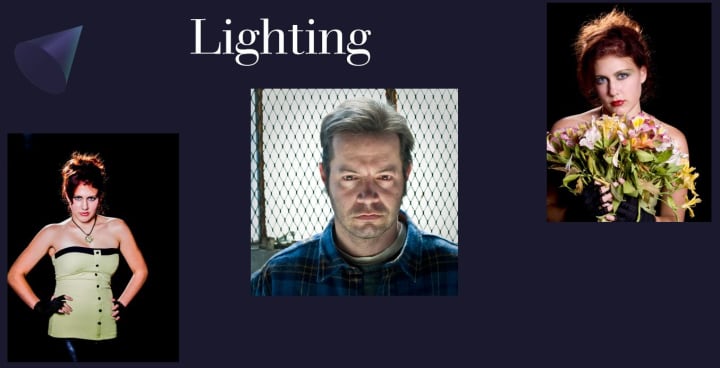
There are lots of ways to light a portrait. Some formal rules, like Rembrandt lighting can be applied.
Rembrandt lighting is a standard lighting technique that is used in studio portrait photography and cinematography.[1] It can be achieved using one light and a reflector,[2] or two lights, and is popular because it is capable of producing images which appear both natural and compelling with a minimum of equipment. Rembrandt lighting is characterized by an illuminated triangle (also called "Rembrandt patch"[1]) under the eye of the subject on the less illuminated side of the face. It is named for the Dutch painter Rembrandt, who occasionally used this type of lighting.[2]
Normally, the key light is placed high and to one side at the front, and the fill light or a reflector is placed half-height and on the other side at the front, set to about half the power of the key light, with the subject, if facing at an angle to the camera, with the key light illuminating the far side of the face. The key in Rembrandt lighting is creating the triangle or diamond shape of light underneath the eye. One side of the face is lit well from the main light source while the other side of the face uses the interaction of shadows and light, also known as chiaroscuro, to create this geometric form on the face. The triangle should be no longer than the nose and no wider than the eye. This technique may be achieved subtly or very dramatically by altering the distance between subject and lights and relative strengths of main and fill lights. ~Wikipedia
However, there are lots of lighting choices: broad light, fill light, ring light, window light, artificial lights on the street, flash, etc. The main thing here is to make the lighting complimentary to the subject. Harsh lighting with a black background may work well for a biker, but not so well for a dancer.

Emotion

The objective of capturing a personality, immediately infers the capture of emotion. Keep in mind that it is the emotion of the moment. You can have different portraits of the same subject reflecting a different feeling. Think of a wedding versus a funeral. This is a good example because often the subject may be dressed similarly for both events. The trick is to convey the correct mood.
Bokeh and Background

Portraits can be made or broken by the background. The space surrounding the subject can be enhancing or distracting. It is your job to create that space. One technique is to use a focal length that is both appealing to the subject and works to throw the background out of focus. This produces what is known as bokeh–a blurriness of indistinct shapes.
Usually, the rule of thumb is wider apertures produce a deeper blur due to the limited depth of field. A 50mm f/1.4 or f/1.2 is a good choice for many portrait photographers. However, the focal length is a little short for flattering the face. An ideal portrait lens sits in the 85-105mm range. If you choose to go longer, and there is nothing wrong with that, keep in mind the compression aspects of a telephoto lens. That said, some very interesting results for portraits can be achieved. Use it to your advantage to characterize your subject.
Humor

Prints of Jim DeLillo's photographs are available at:
http://jim-delillo.artistwebsites.com/
Be sure to read Jim Delillo's other featured stories on Vocal
You can write for Vocal, too– Join Here
====================================================
Other Examples of Portraits
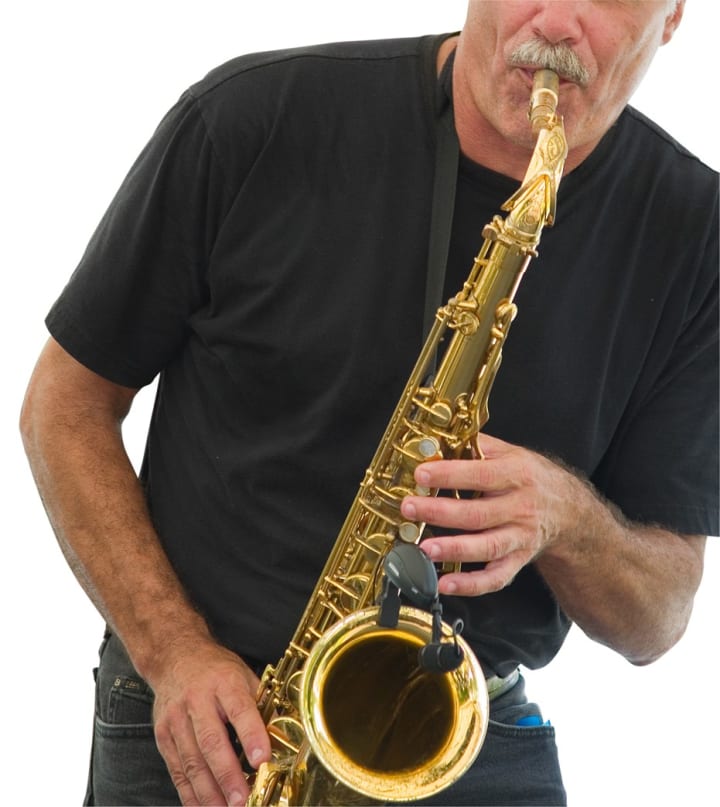




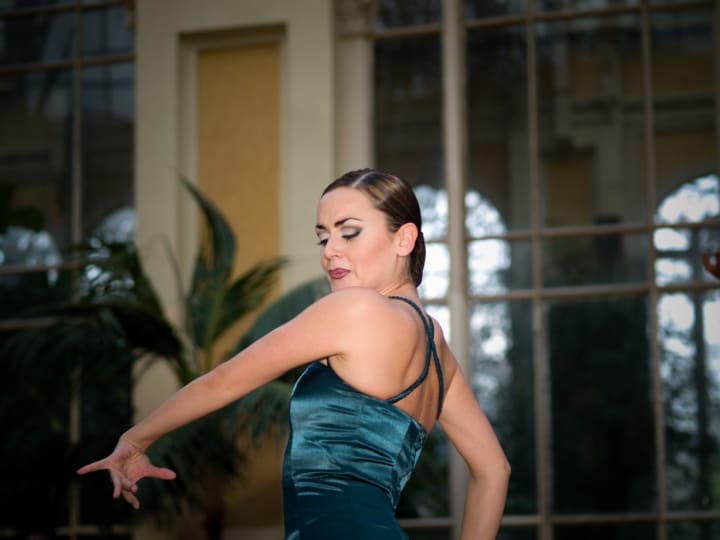
About the Creator
Jim DeLillo
Jim DeLillo writes about tech, science, and travel. He is also an adventure photographer specializing in transporting imagery and descriptive narrative.


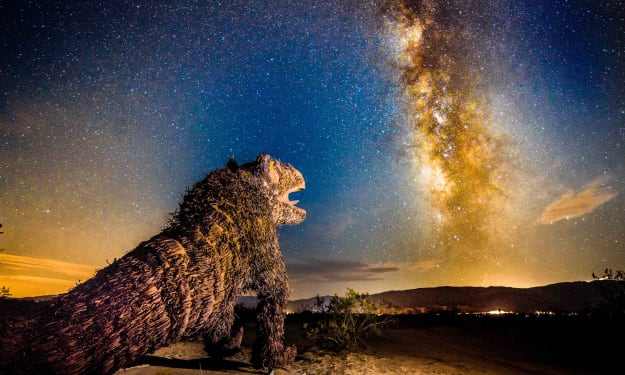

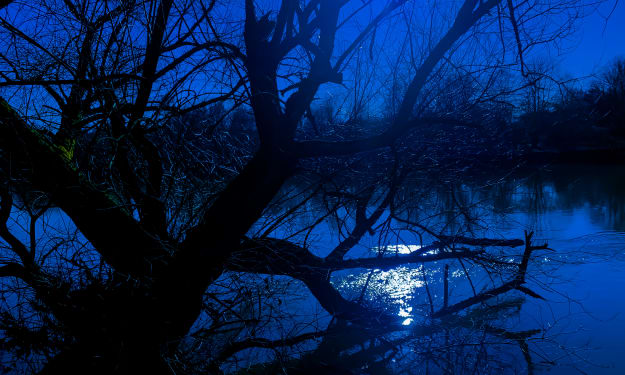

Comments
There are no comments for this story
Be the first to respond and start the conversation.